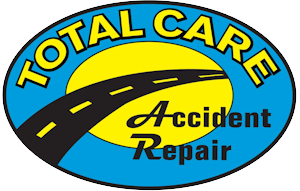So there you are, driving to work. It’s an ordinary day. Traffic’s about average. You stop for the red light, but the car behind you doesn’t. All of a sudden, you’ve been in an accident. Here’s what you need to know about collision repair in Massachusetts.
You Have the Right to Choose What Repair Shop You Want for Your Car
It can be hard to think clearly when you’re on the scene of an automobile accident, but it’s important to know that you have the right to choose what auto body repair shop or collision center your car goes to. This decision is not made by law enforcement or your insurance company. You can pick whichever auto body shop you think will do the best job repairing your vehicle.
All Collision Repair Should Begin with a Thorough End to End Inspection
When your car has been taken to the local Massachusetts auto body repair shop, the first thing that should happen is a thorough examination of the vehicle. In our example, the car was hit in the rear end. Even so, it’s important for the entire vehicle to be inspected. This is because any impact sends a tremendous amount of force throughout the entire vehicle. Damage can occur both at the point of impact and at points further away. This damage can include the frame, body, suspension, and other mechanical parts, as well as the glass and paint.
After your accident, some of the car’s damage will be immediately apparent and easy to see. However, there made be additional damage done that’s not visible. This is called hidden damage. Hidden damage often includes damage to the frame, wheel assembly, suspension and exhaust. These components are vital for the safe operation of the vehicle. The inspection is done to identify any issues needing to be repaired so you can drive the car confidently again.
